Longitudinal temporal bone fractures
Citation, DOI, disclosures and article data
At the time the article was created Bruno Di Muzio had no recorded disclosures.
View Bruno Di Muzio's current disclosuresAt the time the article was last revised Arlene Campos had no financial relationships to ineligible companies to disclose.
View Arlene Campos's current disclosures- Temporal longitudinal fractures
- Longitudinal fractures of the temporal bone
Longitudinal temporal bone fractures are petrous temporal bone fractures that occur parallel to the long axis of the petrous temporal bone. Although classifications of the extent of temporal bone fractures focus on the integrity of the otic capsule rather than the fracture orientation, description of fractures in terms of longitudinal or transverse or mixed orientation is still common and useful in conveying the fracture anatomy.
Epidemiology
Longitudinal fractures represent the majority (70-90%) of all petrous temporal bone fractures. Periauricular swelling and retroauricular ecchymosis (Battle sign) are common, and almost all have otorrhagia.
Pathology
Mechanism
Longitudinal temporal bone fractures typically originate from the squamous temporal bone with the inferior propagation of the fracture line through the mastoid into the lateral wall of the middle ear, passing behind, through, or in front of the external auditory canal and ends in middle cranial fossa adjacent to the foramen spinosum and foramen lacerum.
Depending on the force of impact, the fracture line may extend, deviated by the strong petrous bone, through the anteromedial wall of the middle ear. Involvement of the otic capsule is rare, but the fracture line can involve the squamous part of the temporal bone and/or the parietal bone.
Complications
tympanic membrane rupture
ossicular injury including incudostapedial joint dislocation
facial paralysis (~25%) 1
herniation of temporal lobe through fracture
References
- 1. Ishman S & Friedland D. Temporal Bone Fractures: Traditional Classification and Clinical Relevance. Laryngoscope. 2004;114(10):1734-41. doi:10.1097/00005537-200410000-00011 - Pubmed
- 2. Johnson F, Semaan MT, Megerian CA. Temporal bone fracture: evaluation and management in the modern era. Otolaryngol. Clin. North Am. 2008;41 (3): 597-618, x. doi:10.1016/j.otc.2008.01.006 - Pubmed citation
- 3. Holland BA, Brant-zawadzki M. High-resolution CT of temporal bone trauma. AJR Am J Roentgenol. 1984;143 (2): 391-5. AJR Am J Roentgenol (abstract) - Pubmed citation
- 4. Zayas J, Feliciano Y, Hadley C, Gomez A, Vidal J. Temporal Bone Trauma and the Role of Multidetector CT in the Emergency Department. Radiographics. 2011;31(6):1741-55. doi:10.1148/rg.316115506 - Pubmed
- 5. Yeakley J. Temporal Bone Fractures. Curr Probl Diagn Radiol. 1999;28(3):65-98. doi:10.1016/s0363-0188(99)90002-6 - Pubmed
- 6. Patel A & Groppo E. Management of Temporal Bone Trauma. Craniomaxillofac Trauma Reconstr. 2010;3(2):105-13. doi:10.1055/s-0030-1254383 - Pubmed
- 7. Wood C, Hunt C, Bergen D et al. Tympanic Plate Fractures in Temporal Bone Trauma: Prevalence and Associated Injuries. AJNR Am J Neuroradiol. 2014;35(1):186-90. doi:10.3174/ajnr.A3609 - Pubmed
Incoming Links
Related articles: Fractures
-
fracture
- terminology[+][+]
- fracture location
- diaphyseal fracture
- metaphyseal fracture
- physeal fracture
- epiphyseal fracture
- fracture types
- avulsion fracture
- articular surface injuries
- complete fracture
- incomplete fracture
- infraction
- compound fracture
- pathological fracture
- stress fracture
- fracture displacement
- fracture location
- fracture healing[+][+]
- skull fractures
-
facial fractures[+][+]
- fractures involving a single facial buttress
- alveolar process fractures
- frontal sinus fracture
- isolated zygomatic arch fractures
- mandibular fracture
- nasal bone fracture
- orbital blow-out fracture
- paranasal sinus fractures
- complex fractures
- dental fractures
- fractures involving a single facial buttress
-
spinal fractures[+][+]
- classification (AO Spine classification systems)
-
cervical spine fracture classification systems
- AO classification of upper cervical injuries
- AO classification of subaxial injuries
- Anderson and D'Alonzo classification (odontoid fracture)
- Roy-Camille classification (odontoid process fracture)
- Gehweiler classifcation (atlas fractures)
- Levine and Edwards classification (hangman fracture)
- Allen and Ferguson classification (subaxial spine injuries)
- subaxial cervical spine injury classification (SLIC)
- thoracolumbar spinal fracture classification systems
- three column concept of spinal fractures (Denis classification)
- classification of sacral fractures
-
cervical spine fracture classification systems
- spinal fractures by region
- spinal fracture types
- classification (AO Spine classification systems)
- rib fractures[+][+]
- sternal fractures
-
upper limb fractures[+][+]
- classification
- Rockwood classification (acromioclavicular joint injury)
- AO classification (clavicle fracture)
- Neer classification (clavicle fracture)
- Neer classification (proximal humeral fracture)
- AO classification (proximal humeral fracture)
- AO/OTA classification of distal humeral fractures
- Milch classification (lateral humeral condyle fracture)
- Weiss classification (lateral humeral condyle fracture)
- Bado classification of Monteggia fracture-dislocations (radius-ulna)
- Mason classification (radial head fracture)
- Frykman classification (distal radial fracture)
- Mayo classification (scaphoid fracture)
- Hintermann classification (gamekeeper's thumb)
- Eaton classification (volar plate avulsion injury)
- Keifhaber-Stern classification (volar plate avulsion injury)
- upper limb fractures by region
- shoulder
- clavicular fracture
-
scapular fracture
- acromion fracture
- coracoid process fracture
- glenoid fracture
- humeral head fracture
- proximal humeral fracture
- humeral neck fracture
- arm
- elbow
- forearm
- wrist
-
carpal bones
- scaphoid fracture
- lunate fracture
- capitate fracture
- triquetral fracture
- pisiform fracture
- hamate fracture
- trapezoid fracture
- trapezium fracture
- hand
- shoulder
- classification
- lower limb fractures[+][+]
- classification by region
- pelvic fractures
- hip fractures
- Pipkin classification (femoral head fracture)
- Garden classification (hip fracture)
- American Academy of Orthopedic Surgeons classification (periprosthetic hip fracture)
- Cooke and Newman classification (periprosthetic hip fracture)
- Johansson classification (periprosthetic hip fracture)
- Vancouver classification (periprosthetic hip fracture)
- femoral
- knee
- Schatzker classification (tibial plateau fracture)
- AO classification of distal femur fractures
- Meyers and McKeevers classification (anterior cruciate ligament avulsion fracture)
- tibia/fibula
- Watson-Jones classification (tibial tuberosity avulsion fracture)
- ankle
- foot
- Berndt and Harty classification (osteochondral lesions of the talus)
- Sanders CT classification (calcaneal fracture)
- Hawkins classification (talar neck fracture)
- Myerson classification (Lisfranc injury)
- Nunley-Vertullo classification (Lisfranc injury)
- pelvis and lower limb fractures by region
- pelvic fracture
- sacral fracture
- coccygeal fracture
-
hip
- acetabular fracture
- femoral head fracture
-
femoral neck fracture
- subcapital fracture
- transcervical fracture
- basicervical fracture
-
trochanteric fracture
- pertrochanteric fracture
- intertrochanteric fracture
- subtrochanteric fracture
- femur
- mid-shaft fracture
- bisphosphonate-related fracture
- distal femoral fracture
- knee
- avulsion fractures
- Segond fracture
- reverse Segond fracture
- anterior cruciate ligament avulsion fracture
- posterior cruciate ligament avulsion fracture
- arcuate complex avulsion fracture (arcuate sign)
- biceps femoris avulsion fracture
- iliotibial band avulsion fracture
- semimembranosus tendon avulsion fracture
- Stieda fracture (MCL avulsion fracture)
- patellar fracture
- tibial plateau fracture
- avulsion fractures
- leg
- tibial tuberosity avulsion fracture
- tibial shaft fracture
- fibular shaft fracture
- Maisonneuve fracture
- ankle
- foot
- tarsal bones
- metatarsal bones
- phalanges
- classification by region
- terminology[+][+]



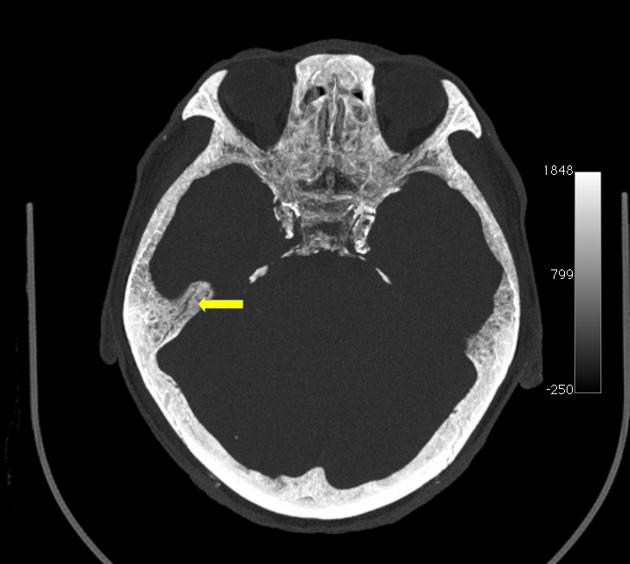
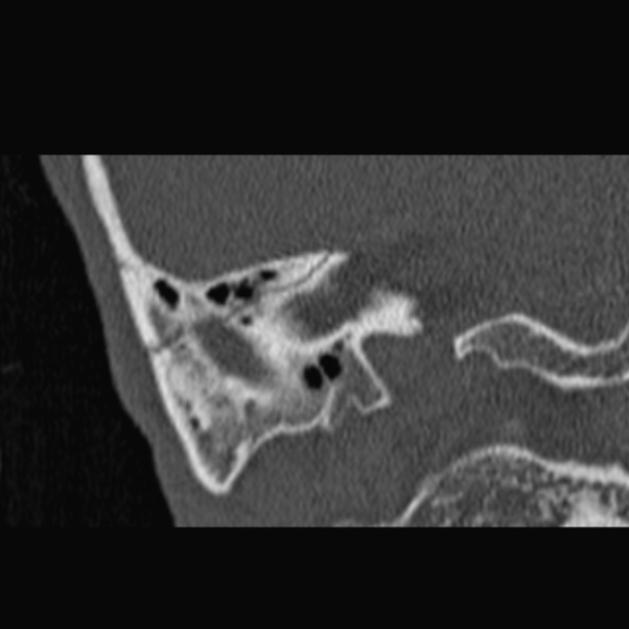
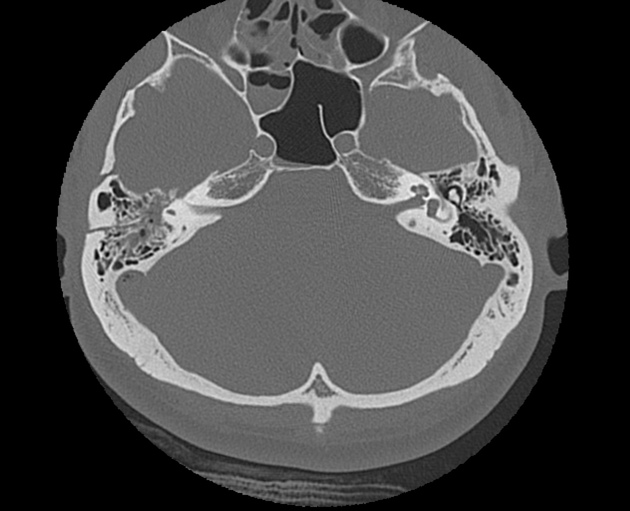
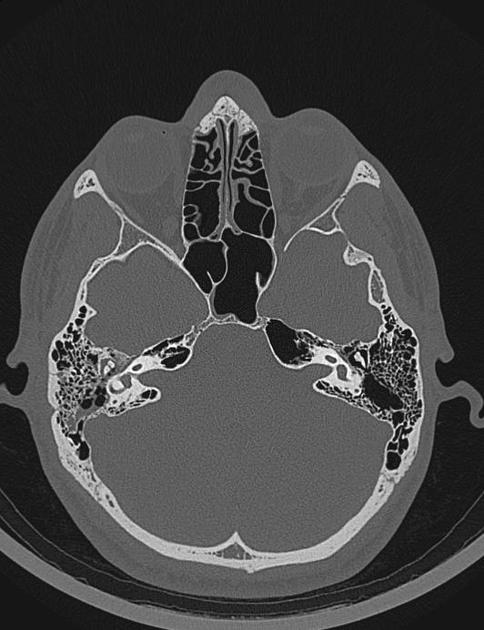
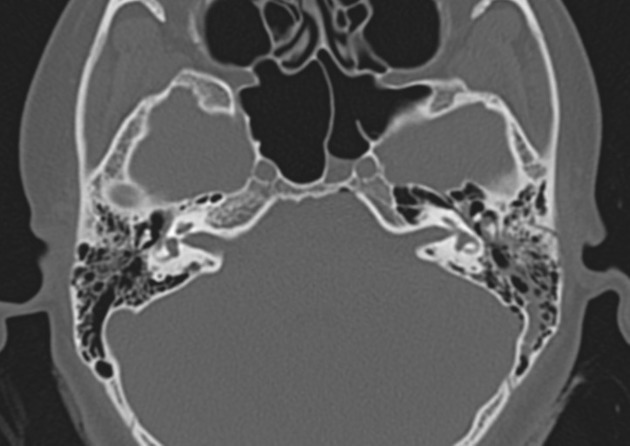
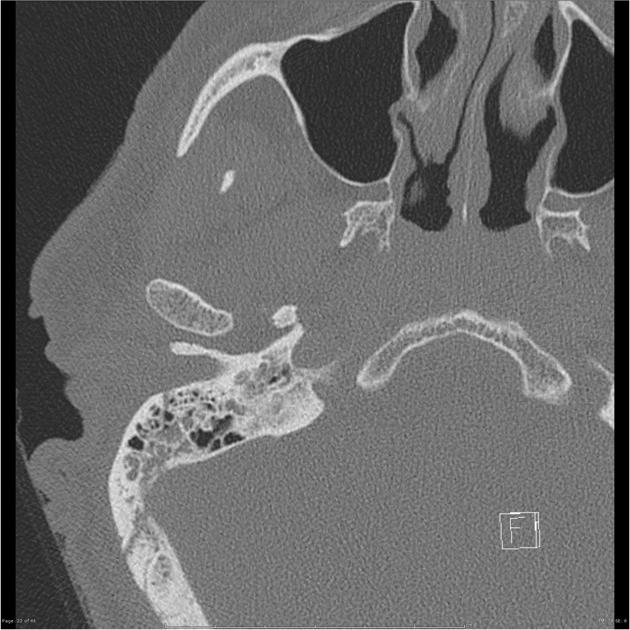


 Unable to process the form. Check for errors and try again.
Unable to process the form. Check for errors and try again.